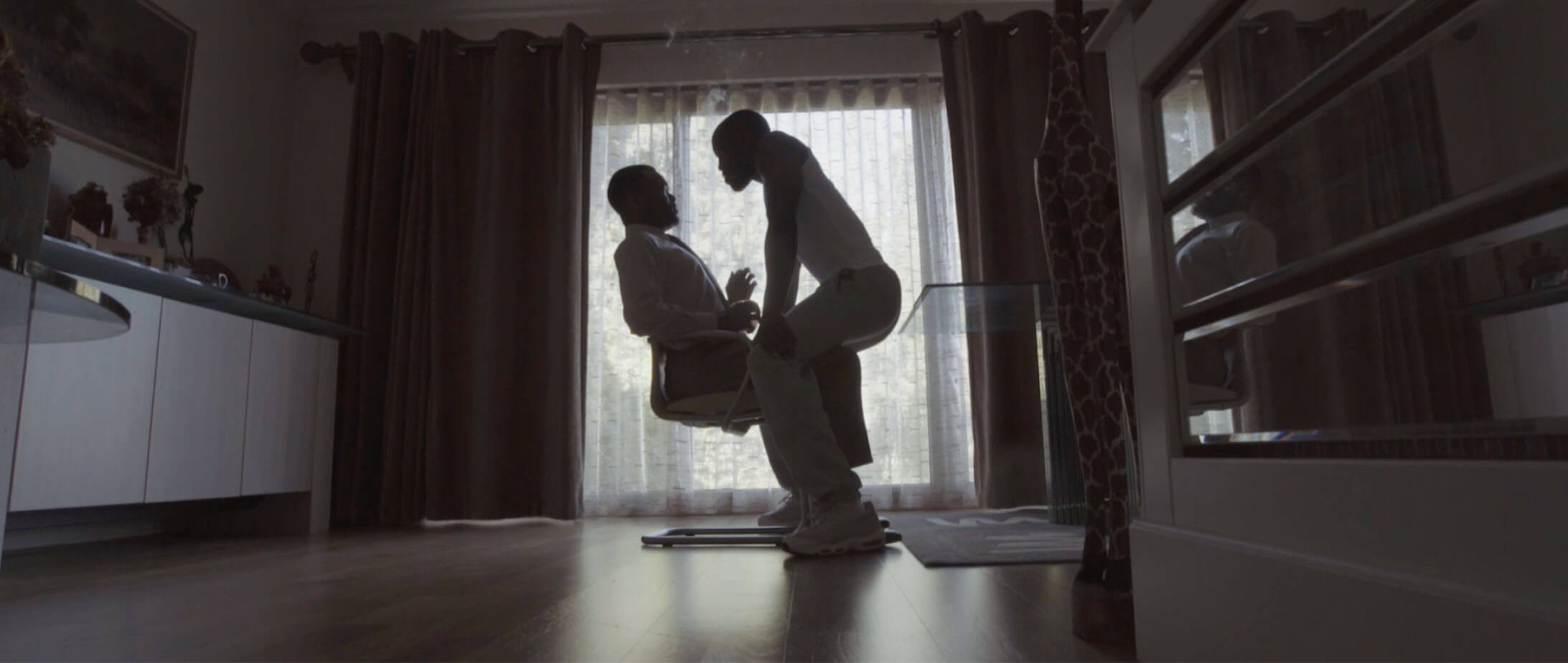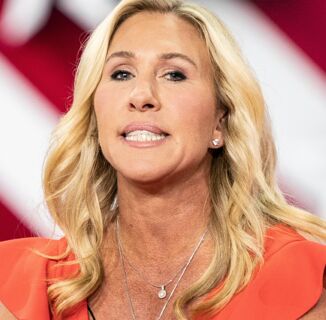From Paulo Berberan:
“’A Safe Place’ started out as a follow up to my previous film ‘A Conversation,’ and I knew from the beginning that I wanted to follow the same structure of filmmaking, only this time, I wanted to push the fictional narrative within the film a bit further.
I interviewed three Muslim LGBTQ subjects: Safdar Kayani, Sohail Ahmed, and Asifa Lahore. From their personal experiences, I started writing my script and building my narrative. Initially, I wanted to focus on their experiences from a religious point of view, but quickly I realized that all three of them had one thing in common: their strength. It was obvious to me that by overcoming the pressures their community had imposed on them, they all faced those obstacles fearlessly.
That’s how my main character, Jamal, came to life and how their experiences influenced my character’s journey into self-acceptance. His relationship with his lover and bully, Hamza, and that duality of love and hate was the main center of my story. Jamal’s struggle was embodied through his dance abilities, and it was the mechanism he used to come to terms with his own identity. Through dance, he found within himself, his personal safe place, away from the dangers and trials of the outside world.
To vehicle this story, I decided to make my film mostly about memory. I use Jamal’s older self, reminiscing about his youth through fragments of imagery and glimpses of a poetic monologue, to tell his own story. I was very much influenced by the poetry of gay rights activist Essex Hemphill, and the filmmaking practices of Marlon Riggs, whose quote I chose to open the film with.
’A Safe Place’ is a film that opts for strong visuals and subtle dialogue to tell its story, yet leaves the viewer to interpret its own silence as well.”
Don't forget to share:
Help make sure LGBTQ+ stories are being told...
We can't rely on mainstream media to tell our stories. That's why we don't lock our articles behind a paywall. Will you support our mission with a contribution today?
Cancel anytime · Proudly LGBTQ+ owned and operated
Read More in Impact
The Latest on INTO
Subscribe to get a twice-weekly dose of queer news, updates, and insights from the INTO team.
in Your Inbox













